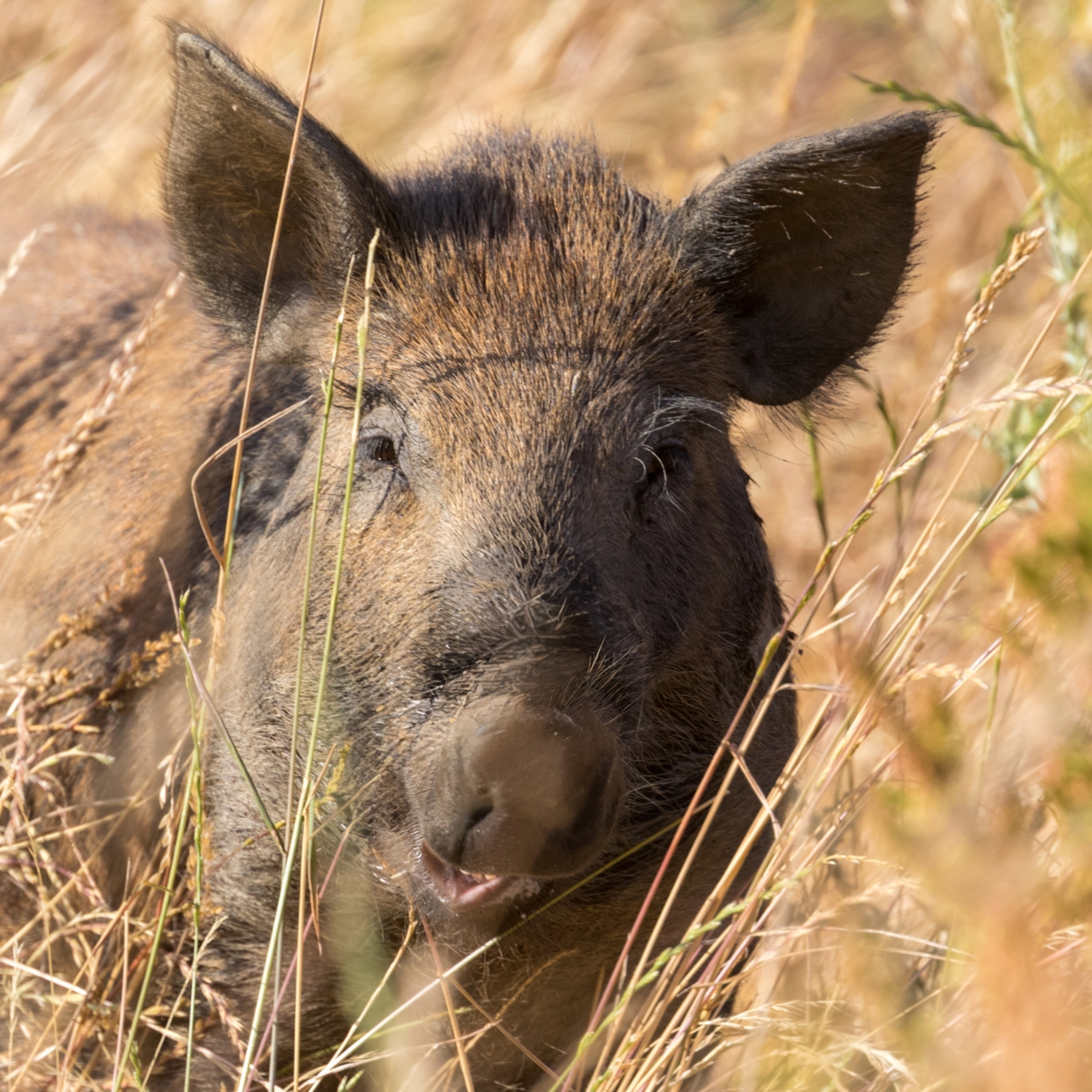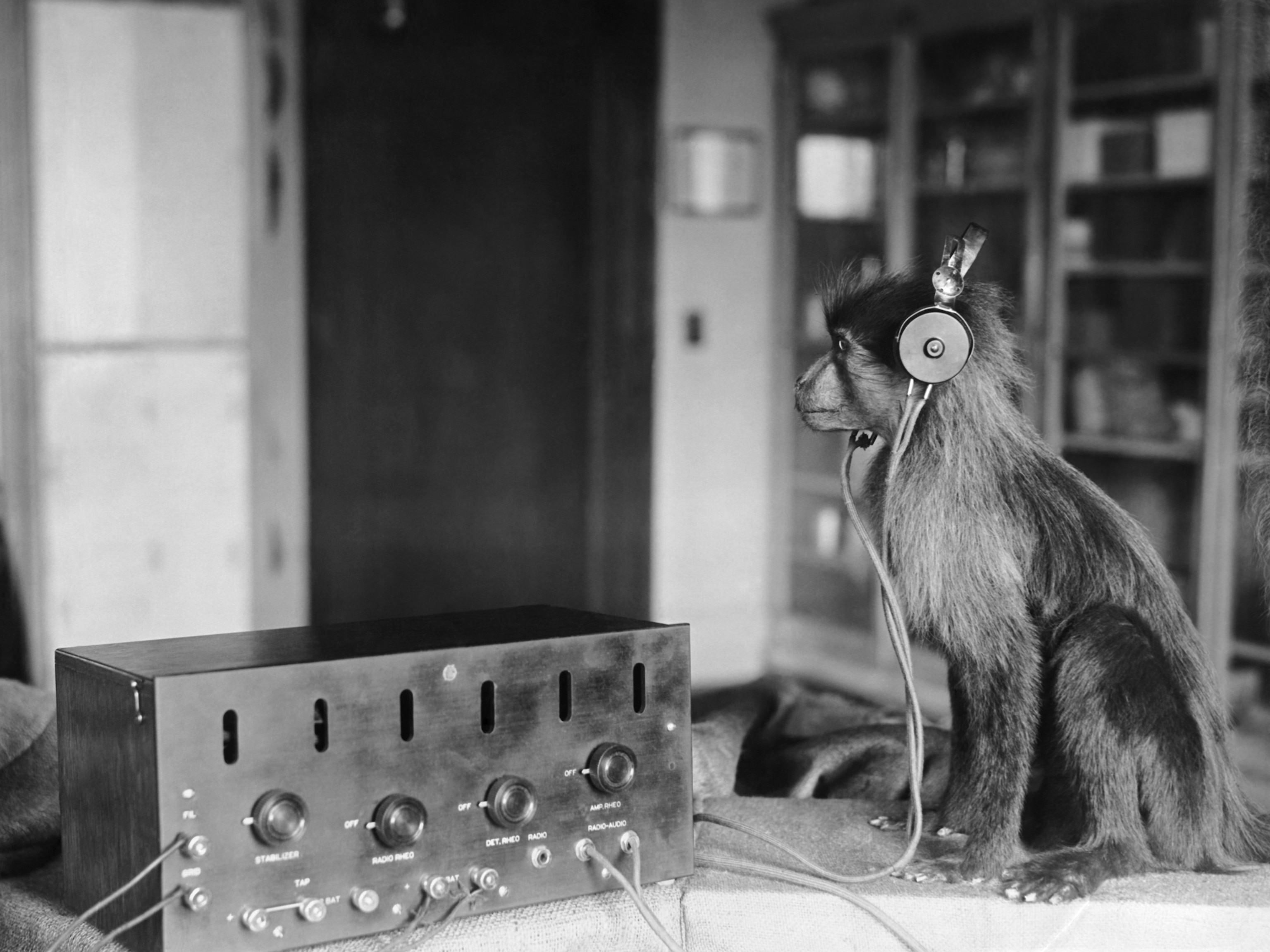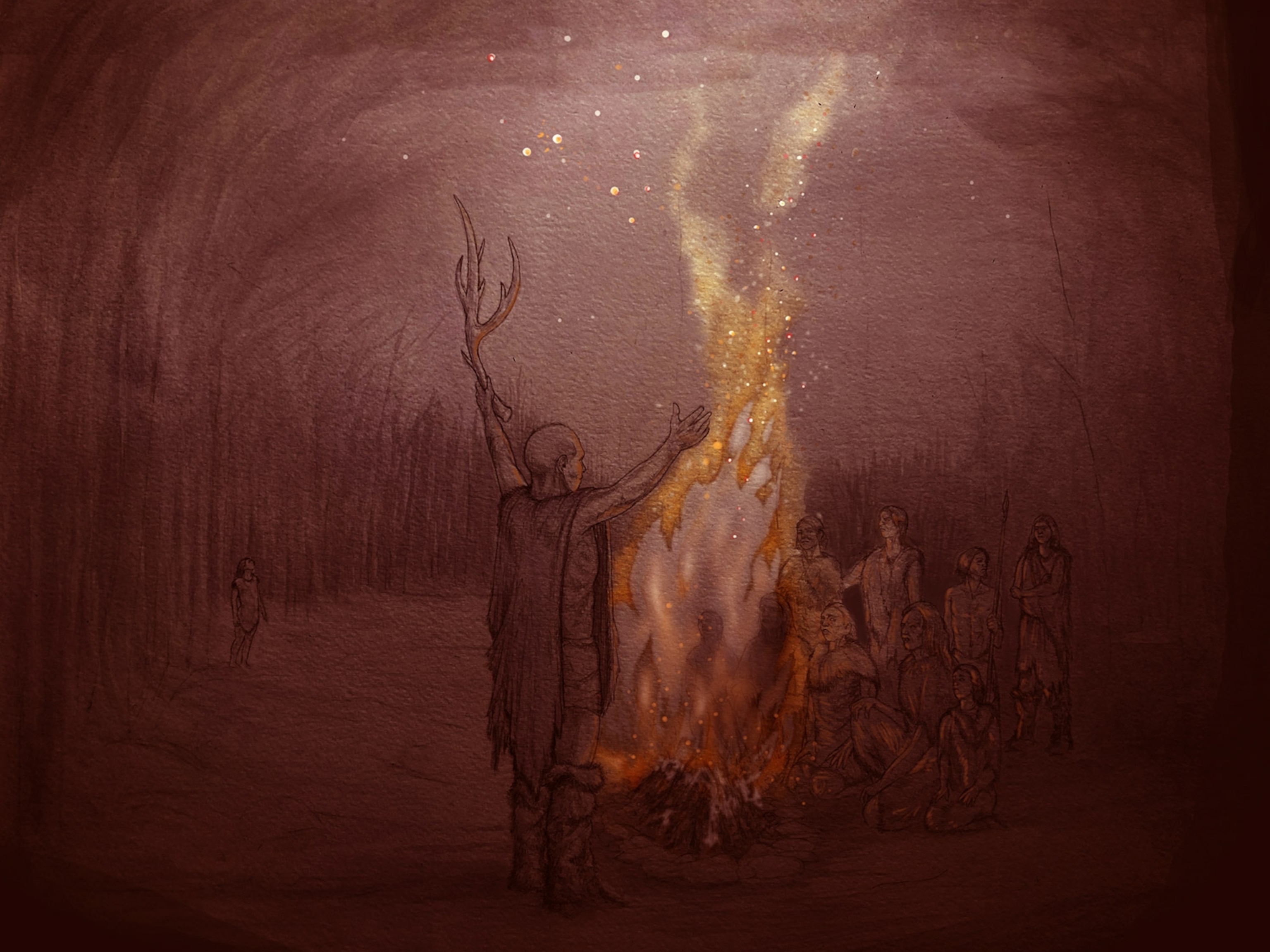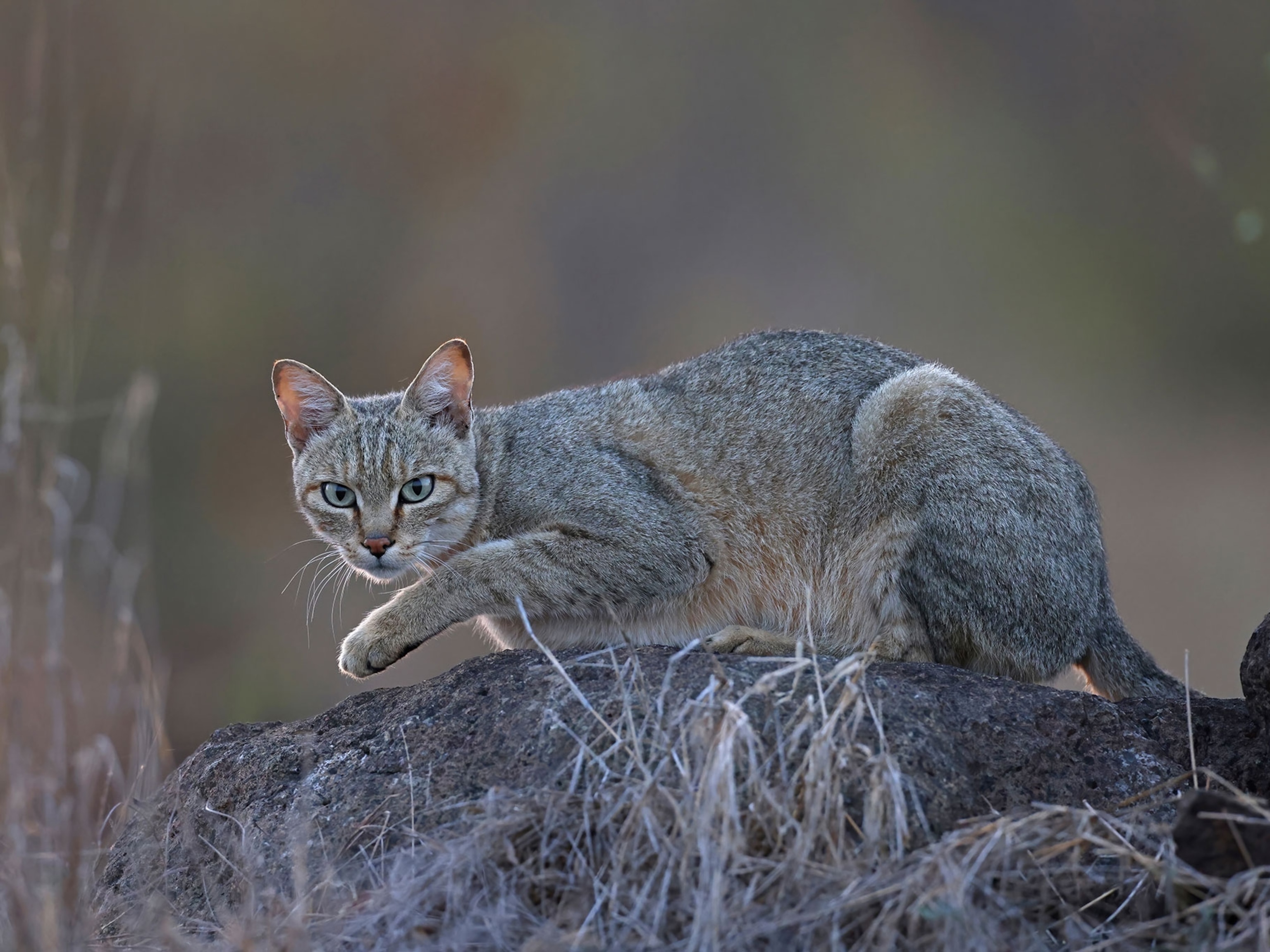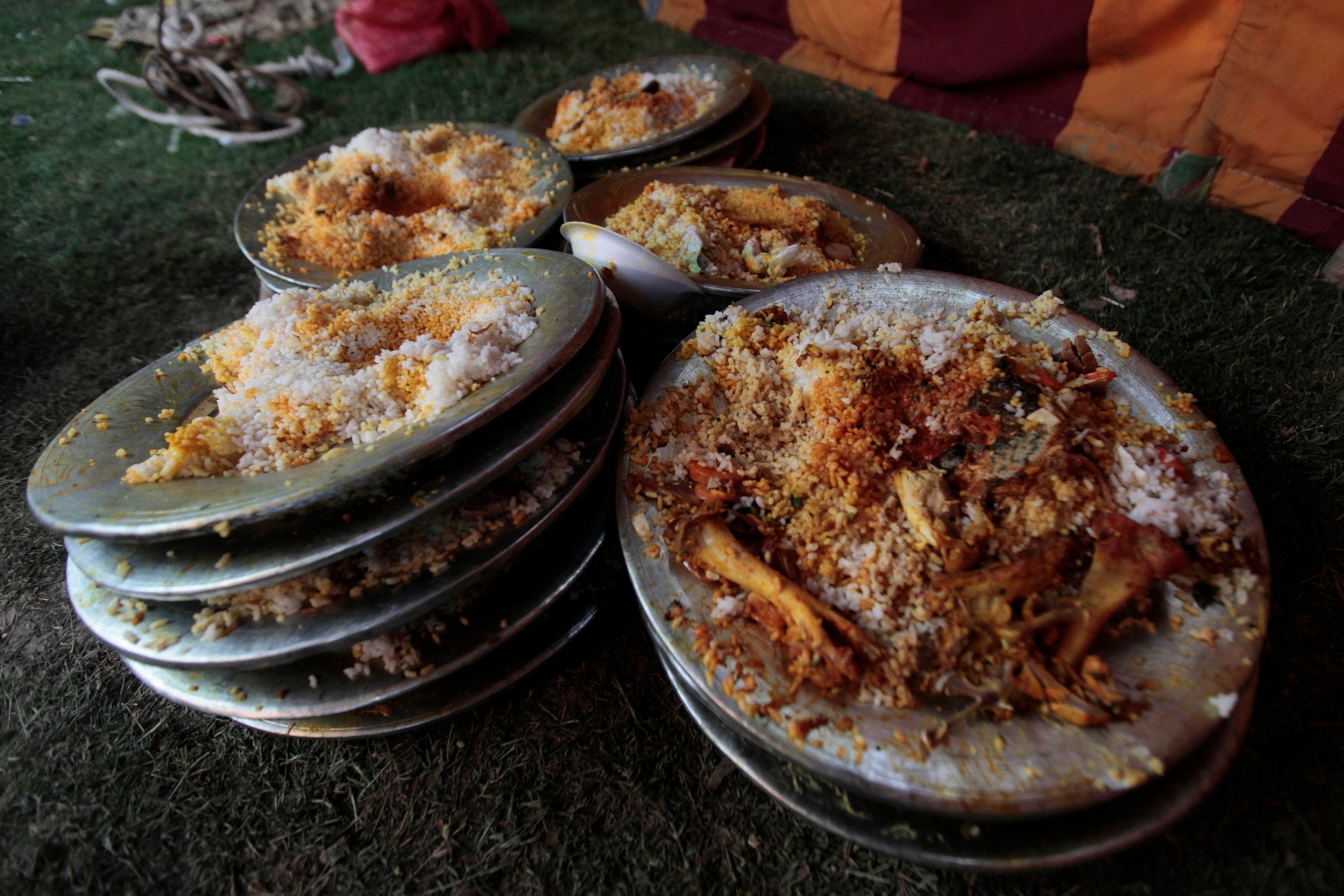
Humans' Amazing Evolution From Hunter-Gatherer to Safeway Shopper
Through genetics, nutrients, irrigation, and pesticides, we figured out how to lift the constraints that nature placed upon us, author says.
Ruth DeFries, chair of the department of ecology, evolution, and environmental biology at Columbia University, in New York, and author of The Big Ratchet: How Humanity Thrives in the Face of Natural Crisis, has spent much of her life looking down at Earth from a great height, using satellite images to track human development. But to understand how we went from being hunter-gatherers to a species that so completely dominates the planet, she had to go much further back in time.
Speaking from her home in New York, she guides us from the rain forest of Brazil to the latest developments in foods containing genetically modified organisms (GMOs). On the way she explains why food is at the heart of human civilization, what we need to do to feed the world in the coming decades, and why it's not just the quantity of the food we produce that matters, but also the quality.
My dictionary says a ratchet is either a tool or rap slang for a diva. What's the "Big Ratchet"?
A ratchet is a colloquial urban term, as you suggest. But it's also a mechanical tool. You turn the ratchet in one direction, and you can't go back. The ratchets in the book refer to the ways people have figured out how to manipulate nature to produce food.
Once we have these technologies, we produce more food, ratchet up the population, and that continues on. The Big Ratchet refers to the past 50 years, when we've had an explosive increase in food production. The amount of food produced has surpassed even the explosive growth in population.
So the story of the Big Ratchet is how we got to this point. How we figured out, through genetics, nutrients, irrigation, and pesticides, to lift the constraints that nature placed upon us.
You start your story in the Brazilian rain forest with the Kayapo Indians. Tell us how they feature in modern-day food production and why their story is part of our own evolutionary history.
I was doing work in the Brazilian rain forest using satellite data to track deforestation. That took me down to the ground to a very interesting part of the world, the state of Mato Grosso, in Brazil. At the time, in the early 2000s, it had the highest rate of deforestation in the world. Within that landscape there was a reserve for the Kayapo Indians, who were still living as hunter-gatherers.
So there was this amazing juxtaposition with modern agriculture—giant tractors, planes flying pesticides, everything you think of with modern agriculture for the cultivation of soy and other crops.
But before we started to domesticate plants and animals around ten or twelve thousand years ago, everyone lived like the Kayapo. Everyone hunted for wild animals, foraged for seeds and berries and fruits. That was the way we interacted with nature to get food.
Today, a very, very small percentage of the world's population still lives by those means. Most of us live in cities and buy our food from the grocery store. So how did we go from living like the Kayapo to growing soy, which gets transported halfway around the world to feed chickens that end up on somebody's dinner plate in a very distant place?
Seeing that very stark contrast in Brazil brought it to home to me that we're no ordinary mammal. As a species, we've traveled this amazing trajectory. And that's the trajectory I explore in the book.
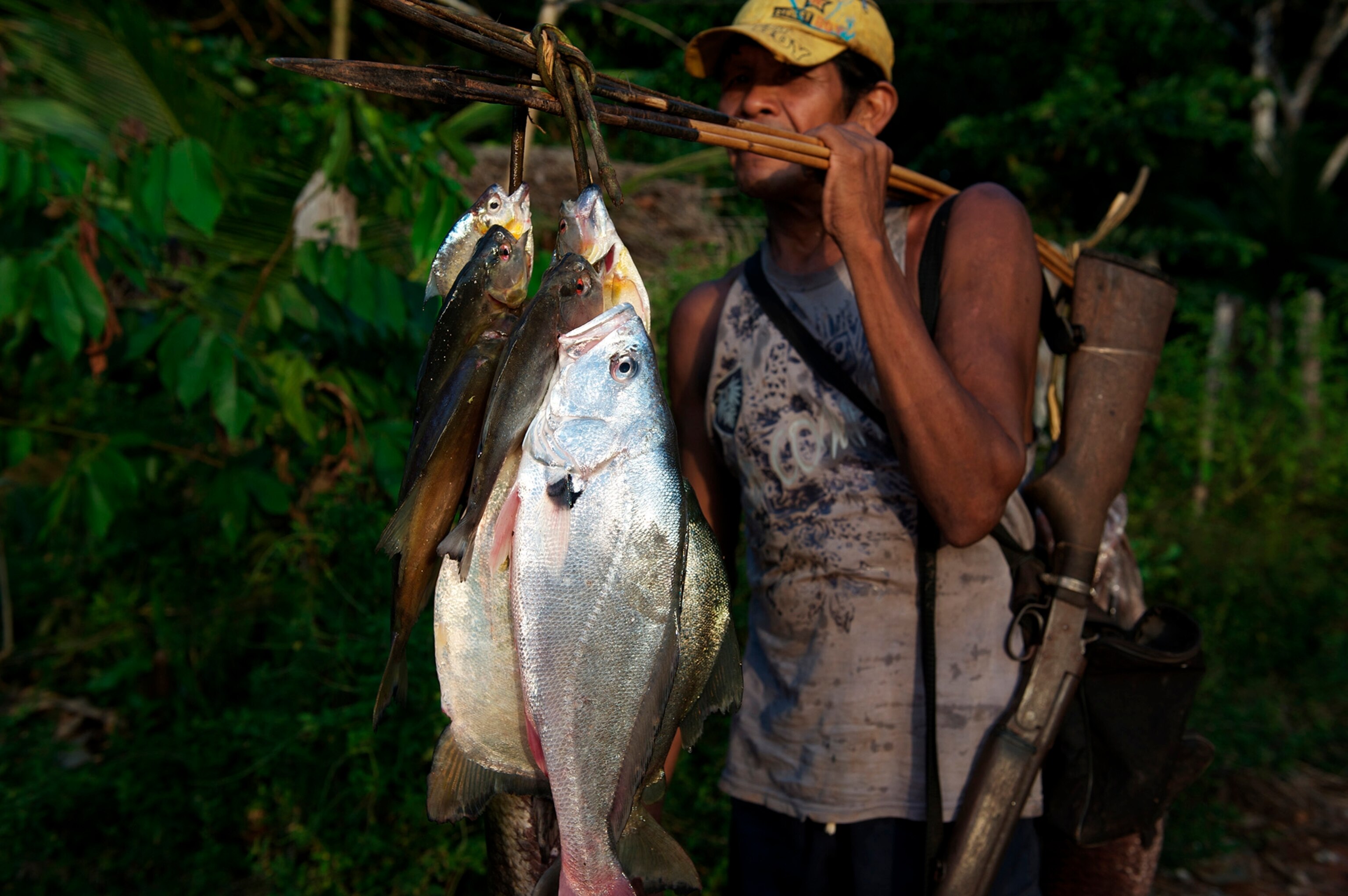
Much of recent human progress comes from food production and technological advances in food production—not the iPad. Where do you think genetically modified foods, and the social concerns around those crops, fit into the Big Ratchet?
I focus on food in the book because it's so fundamental to civilization and fundamental to the way we live. When we first domesticated crops and were able to produce surplus grains and store those grains, it completely changed the way people could live. People could gather in settlements and live off of that surplus grain, rather than roaming over the landscape to pursue food.
It made it possible for some people to specialize in certain tasks, whether pottery-making or being rulers. And there is a connection with the iPad! Because if it weren't for our ability to produce surplus food, it wouldn't be possible for some people to apply their creativity and develop the technology that leads to the iPad.
As far as GMOs are concerned, we've been manipulating genetics for a very long time. When we first started to manipulate genetics, it was to select those plants with desirable traits, like having big seeds so there's more to eat, or harvesting at the same time, or not being too prickly. By selecting those plants that had those traits and then planting those seeds the next year, we were manipulating genetics and acting in the same way as natural selection.
Today we have very much more sophisticated ways to manipulate genetics—at the molecular scale. But, in principle, it's the same process. I'm not opposed to the principle of GMOs. Unfortunately, the discussion gets so wrapped around ideology that ideology gets in the way of the evidence.
When looking at the broad sweep of history, it becomes clear that GMOs are not a silver-bullet solution to producing the larger amount of food that will be needed in the future. There's no silver bullet solution, no technology that doesn't come without its downsides and its risks. That's what we see throughout history.
There have been positives and negatives since the Green Revolution, but what surprises me is that higher crop yields have not reduced world hunger. How is that possible?
That's one of the tragedies of the Big Ratchet. We have an incredible abundance of food, but we still have something like 800 million people in the world who are chronically hungry. It's not for lack of food, it's for lack of action.
It's a very lopsided world we live in. While some people don't have enough, other people have too much. The proportion of people in the world who are chronically hungry has been reducing. And that's of course a very positive thing. But it's still tragic that anyone is hungry in today's world, with such an abundance of food.
A recent study showed that almost one-third of food produced is later thrown away. What can be done to stop this wastage?
Waste is an enormous issue. Reducing waste would go a long way to being able to feed people in the future. About a third to a half—you see a range of estimates—of food is wasted in the world. And it's for different reasons in different parts of the world.
In the industrialized parts of the world, like in the U.S., there's so much waste of food because we throw so much out of our refrigerators. Restaurants throw away food at that end of the food system, and of course so do supermarkets. In the developing world the wastage occurs on the farm level, because of inadequacies of storage, before the food even gets to the person who can consume it. Improving storage facilities and transportation to get the crops to market more efficiently would help enormously.
In our system where we waste so much, raising consciousness about wasting food is important. There's so much that goes into the dumpster that could be used.
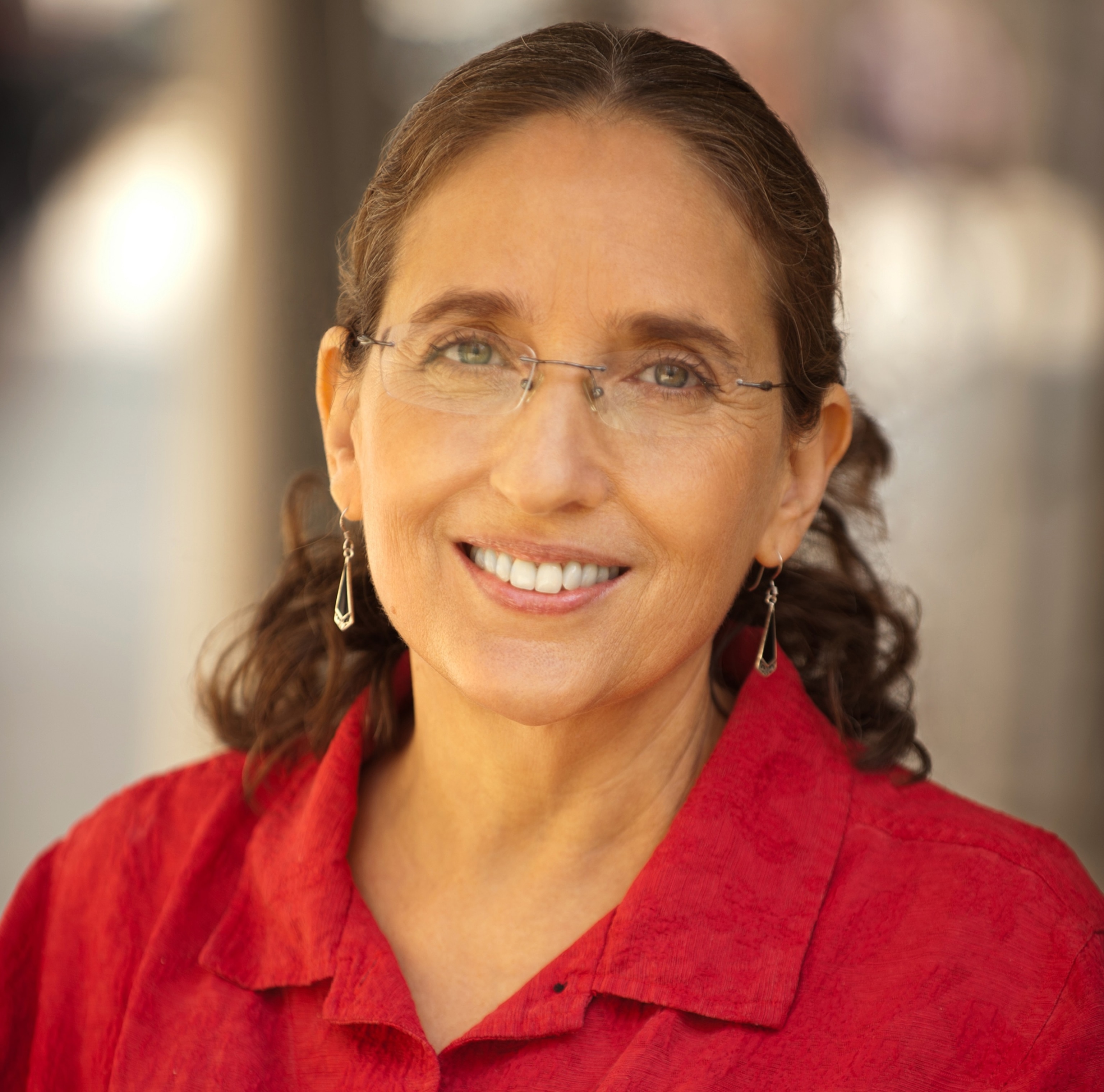
The Food and Agricultural Organization of the United Nations says that if global population reaches 9.1 billion by 2050, world food production will need to rise by 70 percent, and food production in the developing world will need to double. Is this one ratchet too far?
Part of those projections about how much food will be required in the future depends on population—how many mouths there are to feed. But also people's diet. We know that when people become more affluent, they generally have more animal products in their diets—more dairy, more meat—and it takes a lot more energy to produce those animal products, as opposed to people eating a more plant-based diet.
If we look at our history, we see so many examples where we've been able to ratchet up the amount of food we produce. The issue is not just producing more food, but also the side effects of producing that food. History shows that we're very good at producing more. But are we good at producing better? The unhealthy diets we're creating today, with so much oil, fats, and sugars, are causing an epidemic of obesity around the world. That's one of the outcomes of the Big Ratchet.
Then there's the environmental side: fertilizer runoff, leading to too much nitrogen in our waterways, which leads to algal blooms; greenhouse gases from agriculture. So the issue is, Can we produce enough food that is healthy for people and healthy for the environment?
You explain that variability in social learning is crucial to evolution. But is society evolving too quickly to teach the next generation vital information for their survival?
One of the theories to explain why our species has such large brains in relation to our body size is that for millions of years we experienced a very variable climate during the Pleistocene. Having a big brain, being able to figure things out rather than relying on what was previously learned and passed on to you, enabled us to survive better in a variable climate.
Today, we have a lot of variability in technology and social media—all of these ways of dealing with the world our parents didn't have. Each generation is learning anew. That makes for an exciting time because there is such rapid development of knowledge, plus the ability to connect with our peers and develop new information and solutions to the problems that we face.
Tell us how humans are better at aping than apes themselves—and why that's important.
We commonly think that aping applies just to the apes, like chimpanzees and our other close relatives, meaning to copy. But humans are extremely good imitators. This shows up with how readily we learn language and other tasks and has been the basis of our development of culture.
Let me tell you about Imo, the potato washer. Imo is a Japanese macaque who lived in the 1950s and was studied by researchers because she was very intelligent. She figured out how to wash potatoes in a stream, and then the other macaques started to wash their potatoes in the stream. But the technology didn't go past that. The other macaques didn't find other ways to wash potatoes and pass that information on to their offspring who could figure out even better ways to wash potatoes.
We humans have the ability to accumulate knowledge. We can pass on a task like washing a potato in a stream, and the next generation will improve upon that. That generation will then pass it on to the next generation, and they will improve upon that technology. We have this extraordinary ability to accumulate knowledge and build on it.
What drew you to this subject?
I've been looking down at the Earth in satellite pictures for a long time now, and what we see when we look down is the imprint of humans almost everywhere: roads, cities, fields, agriculture. But satellite data only allows you to look from a few decades back, which is nothing in the overall scheme of things. What is always in the back of my mind is, How did this happen? How did we become the species that dominates the planet? At one point we were like our ape relatives, the chimps and bonobos. Now we're the species that dominates the planet. How did that happen?
Many people are cynical and depressed about human beings and think the planet would be better off without them. Are you a glass half-full or half-empty type of person?
Part of the motivation for writing this book is that we do hear so much doomsday talk and that we're up against the limits of the planet. On the other hand, we hear that there's always a technological fix, and if we can just find it, then we have nothing to worry about.
But what's the reality between those extremes? I don't think either is correct, nor are they useful. From the doomsday side, we can look back at history and see that we have solved some very hard problems through our ingenuity. There are no guarantees for the future. But I stand on the side of the optimists. Not blind optimism, though.
Simon Worrall curates Book Talk. Follow him on Twitter or at simonworrallauthor.com.

